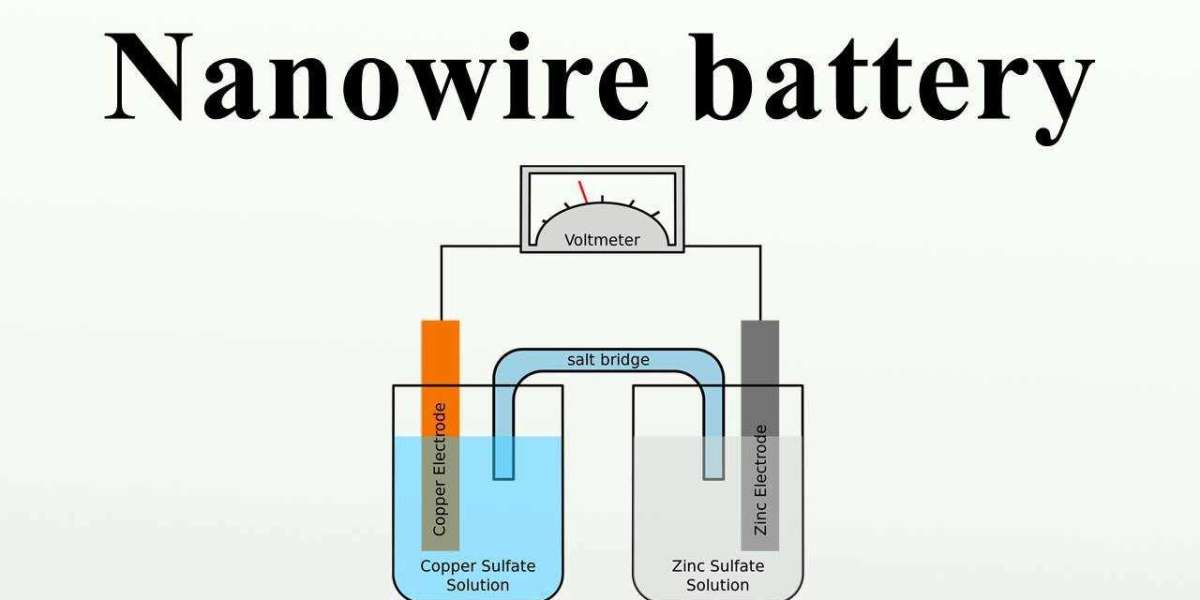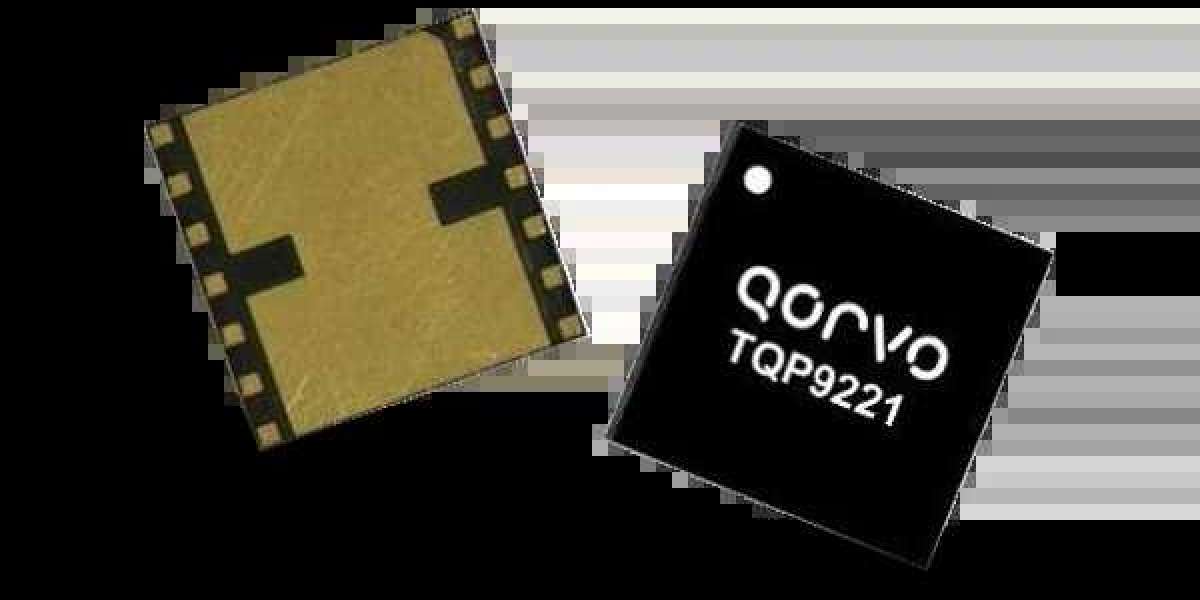It's been a very busy time, hence my lower posting frequency. It was rather intense trying to attend both the KITP conference and the morning sessions of the DOE experimental condensed matter PI meeting (pdf of agenda here). A few quick highlights that I thought were interesting:
- Kagome metals of the form AV3Sb5 are very complicated. In these materials, in the a-bplane the V atoms form a Kagome lattice(before that one reader corrects me, I know that this is not formally a lattice from the crystallographic point of view, just using the term colloquially). Band structure calculations show that there are rather flat bands (for an explanation, see here) near the Fermi level, and there are Dirac cones, van Hove singularities, Fermi surface nesting, etc. These materials have nontrivial electronic topology, and CsV3Sb5 and KV3Sb5 both have charge density wave transitions and low-temperature superconductivity. Here is a nice study of the CDW in CsV3Sb5, and here is a study that shows that there is no spontaneous breaking of time-reversal symmetry below that transition. This paper shows that there is funky nonlinear electronic transport (apply a current at frequency \(\omega\), measure a voltage at frequency \(2 \omega\)) in CsV3Sb5 that is switchable in sign with an out-of-plane magnetic field. Weirdly, that is not seen in KV3Sb5 even though the basic noninteracting band structures of the two materials are almost identical, implying that it has something to do with electronic correlation effects.
- Related to that last paper, here is a review article about using focused ion beams for sample preparation and material engineering. It's pretty amazing what can be done with these tools, including carving out micro/nanostructured devices from originally bulk crystals of interesting materials.
- The temperature-dependent part of the electrical resistivity of Fermi liquids is expected to scale like \(T^{2}\) as \(T ightarrow 0\). One can make a very general argument (that ignores actual kinematic restrictions on scattering) based on the Pauli exclusion principle that the inelastic e-e scattering rate should go like \(T^{2}\) (number of electron quasiparticles excited goes like \(T\), number of empty states available to scatter into also goes like \(T\)). However, actually keeping track of momentum conservation, it turns out that one usually needs Umklapp scattering processes to get this. That isn't necessary all the time, however. In very low density metals, the Fermi wavevector is far from the Brillouin zone boundary and so Umklapp should not be important, but it is still possible to get \(T^{2}\) resistivity (see here as well). Similarly, in 3He, a true Fermi liquid, there is no lattice, so there is no such thing as Umklapp, but at the lowest temperatures the \(T^{2}\) thermal conduction is still seen (though some weird things happen at higher temperatures).









